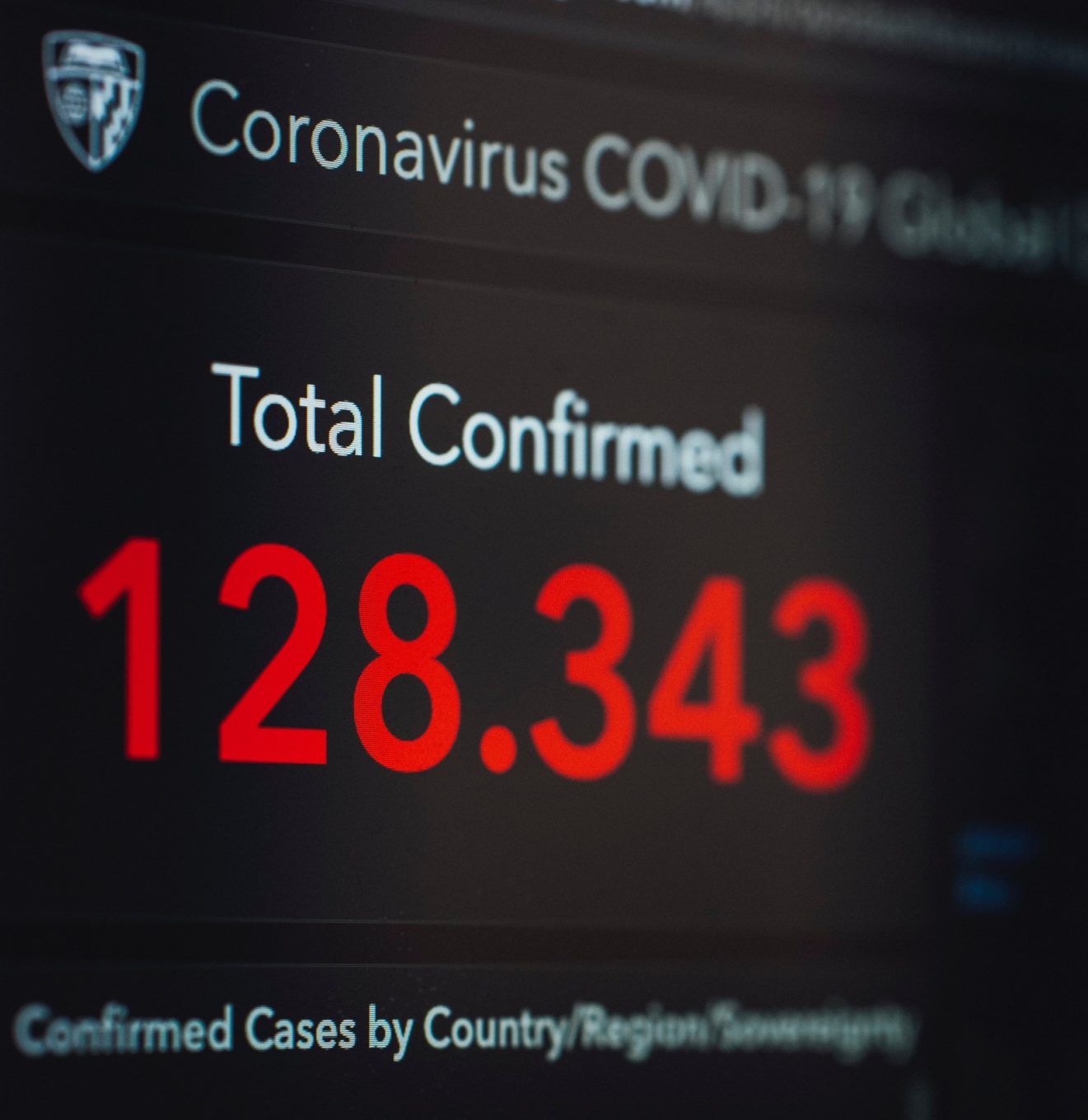The next Covid battle: Vaccines vs Misinformation
Digital and social will have a hugely important role to play if we’re to beat Covid misinformation and with it, the coronavirus.
Peter Wilson, Head of Special Campaigns
Wouldn’t it be a tragedy if, after the miraculously fast arrival of covid-fighting vaccines, lazy communication programmes let Covid-19 continue to rage?
Take herd immunity. This rather agricultural-sounding theory applies to vaccine strategy too.
If a vaccine provides the majority who receive it with a form of immunity, we, the herd, need a substantial proportion of a population to have it for the virus to be controlled, according to the World Health Organisation.
For measles, this proportion was 95%, for polio, 80%.
So it’s therefore worrying to hear that in some countries, the public’s intention to receive the vaccine is far lower than those indicative numbers.
Recent IPSOS surveys, in France, for example, indicate just 40% of the population want to receive a vaccine if offered.
Russia (43%), South Africa (53%) and Italy (62%) are other countries with alarmingly low intention rates.

Engaging the public
Of course, there are often underlying issues that affect a given population’s views towards vaccines.
In France, a distrust of scientific intervention is just one of those.
But when asked, the vast majority of all survey participants put their reluctance down to concern about side effects.
And given none of the major vaccines have evidenced any significant side effects throughout their wide-ranging tests, there is clearly a disconnect between the science and the message getting through.
According to my colleague John Gisborne, Chair of Healthcare at FleishmanHillard Fishburn, the problem lies in the messaging.
“Communicating about the vaccines should not just be about imparting facts.
How the information is framed is key.
If it is presented in a way that addresses what the audience cares about and also anticipates existing beliefs, the message is much more likely to resonate”.
In the UK, despite the high (78%) intention rate, there are still communities where that figure is lower.
The BBC recently revealed that among the UK’s BAME population, that rate falls to just 57%.
And among the South Asian community, that said the Beeb, is due to misinformation, which mostly concerns falsities about the content of the vaccines.
Sharing information through media
So how is this misinformation cutting through and how is it being so destructive?
When a now-debunked claim of a link between the MMR vaccine and autism broke in 1998, it broke on the national news and reached a large proportion of the UK population, leading to a debilitating drop in vaccination rates.
Now, though, social media and the internet are increasingly popular ways to find and digest news.
Across the UK as a whole, in 2019, 69% of the population got their news from the internet and 49% from social media.
Despite this, only 37% thought that social media was trustworthy.
If governments and industry rely on national media alone to get their message through to all age groups, to all communities, they are very quickly going to realise that their message doesn’t reach everyone.
And that’s when misinformation – whether through malign intervention, as we’ve seen at recent major democratic events, or through more benign organic growth – can really take hold.
Thankfully, the UK is aware of this, enlisting the Army Intelligence Unit to keep an eye on the former, while acknowledging that the latter is best tackled by community and influencer intervention.
But this virus is evolving rapidly, and the news agenda remains agile with it.
For every new vaccine release, for every new virus variant, there is an opportunity for false information to run ahead of the evidence.
We are at home, locked away from the auto-correct of debate in the workplace, classroom, many places of worship, cafes, pubs. In such vacuums, conspiracies and rumours can run and run unchecked and untested.
“Conformational bias will be at play,” says another colleague Jacqui Sanders, Head of Healthcare at FleishmanHillard Fishburn.
“People will look to social media to confirm their worst fears, so Governments need to be tracking the temperature online.
They need to understand what is in circulation and actively engage with communities through people that are trusted to reassure and reinforce positive messages that support the vaccine programme”.

Turning to the data
The key for those wanting to stay ahead is continuous data insight.
For every new twist, there are potential trends in search and in social.
Listing those keywords and optimising for them, providing answers and facts, is, according to the European Centre for Disease Prevention and Control, effective and safer than proactively debunking myths.
Myths and identity, they say, are often linked and difficult to unpick.
If the strategy for such a programme is complex, the scale is even more daunting.
This is the largest vaccine programme ever attempted, nationally or globally, and it has only just begun.
Without a digital and social programme of a similar ambition, that reaches beyond television and newspapers, there is a very real chance that we’ll be chasing this virus for some time to come.
Find Out More
-
Platinum CMS Award
March 13, 2024
-
Changing Communications Tack at Mobile World Congress
February 21, 2024


